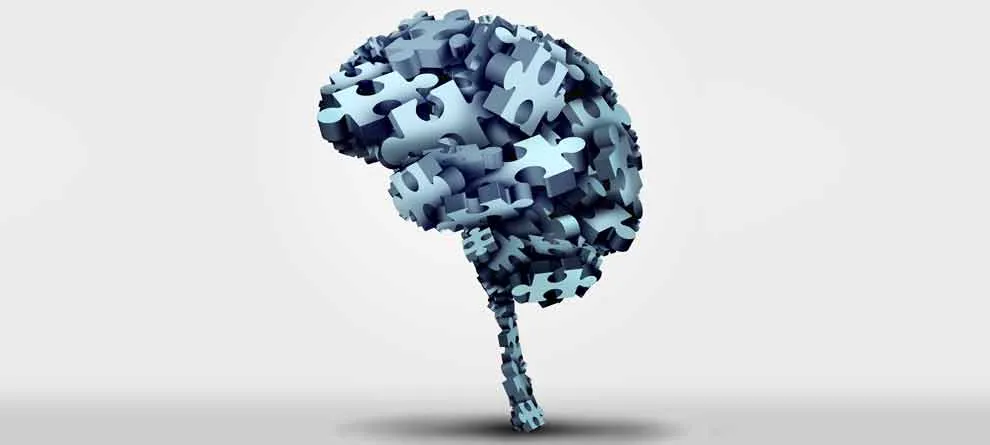
Parkinson’s Disease 101
When people hear the words “Parkinson's disease,” they most likely think about celebrities who have been diagnosed, such as Michael J. Fox or Muhammad Ali. But what is Parkinson's disease, really? What does it look like, and what can be done about it? Here is an overview of what we know about the disease.
What is Parkinson's disease?
“Parkinson's disease is a progressive nervous system disorder caused by the loss of dopamine-making brain cells,” says Eleanor Orehek, MD, clinical neurologist and movement disorders specialist at Noran Neurological Clinic in Minneapolis. Characterized by motor and non-motor symptoms, Parkinson's disease begins with the appearance of protein aggregates in the brain called Lewy bodies, which damage nerve cells and cause changes in movement, mood, cognition, and behavior. It is estimated that by 2020 over 900,000 people will be living with Parkinson’s in the United States.
What causes it?
The exact cause is unknown. However, Orehek says, doctors believe it's influenced by a combination of genetic and environmental factors. “There are links to pesticide exposure, head injuries, and different genetic associations,” she adds, “but nothing clear-cut on what exactly causes it.”
What are the symptoms?
Doctors divide the symptoms into two categories, Orehek says: motor and non-motor. Non-motor symptoms include constipation, depression and cognitive impairment. A Parkinson's diagnosis is primarily based on motor symptoms, which may include the presence of a resting tremor, muscle stiffness (rigidity), and slowness of movement, called bradykinesia.
What are the treatment options?
While there is no cure for Parkinson's disease, doctors have been able to treat both motor and non-motor symptoms with medications and surgery. Symptoms of PD are related to depletion of dopamine in the brain, so common medications include carbidopa and levodopa, which convert to dopamine in the brain and help alleviate Parkinson’s symptoms such as stiffness and tremors. MAO-B inhibitors are another treatment option—sometimes used in conjunction with carbidopa and levodopa—to bolster the effect of the medications. Dopamine agonists are also used. They mimic dopamine and activate dopamine receptors on neurons to reduce tremors, rigidity, and impaired balance.
When medications fail to manage symptoms, deep brain stimulation, or DBS, is often considered. One of the most important therapies for Parkinson's, however, is basic exercise. “Exercise therapy has proven to be extremely beneficial in treating symptoms because it can help patients maintain strength, balance, and mobility,” Orehek says.




